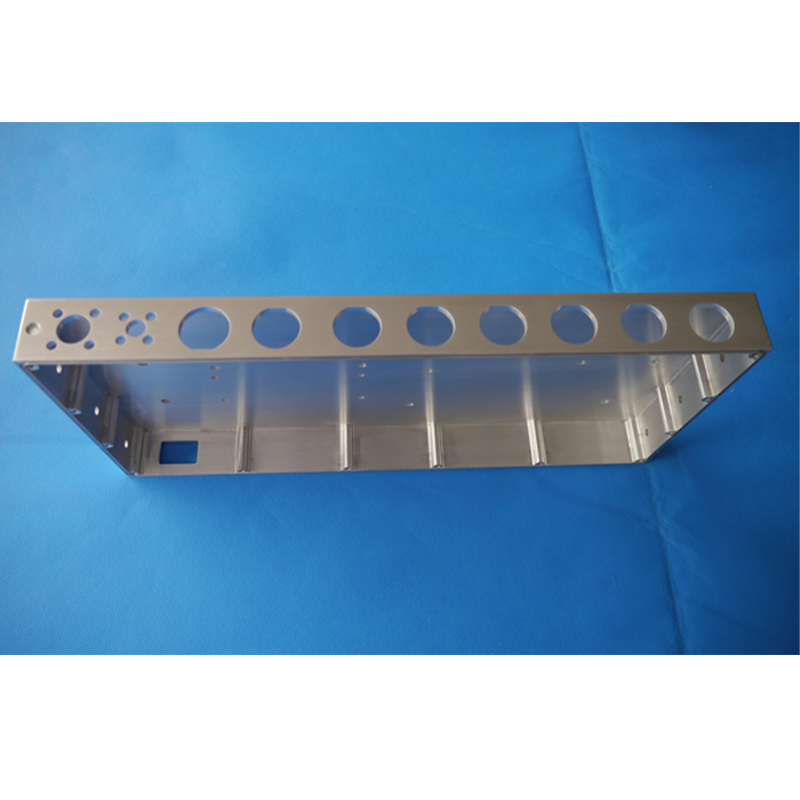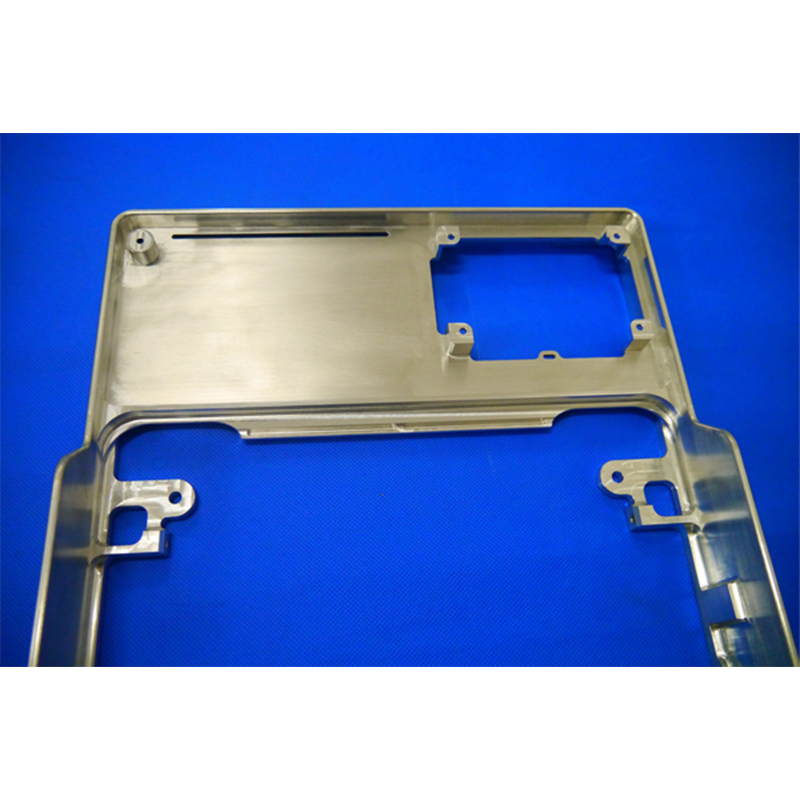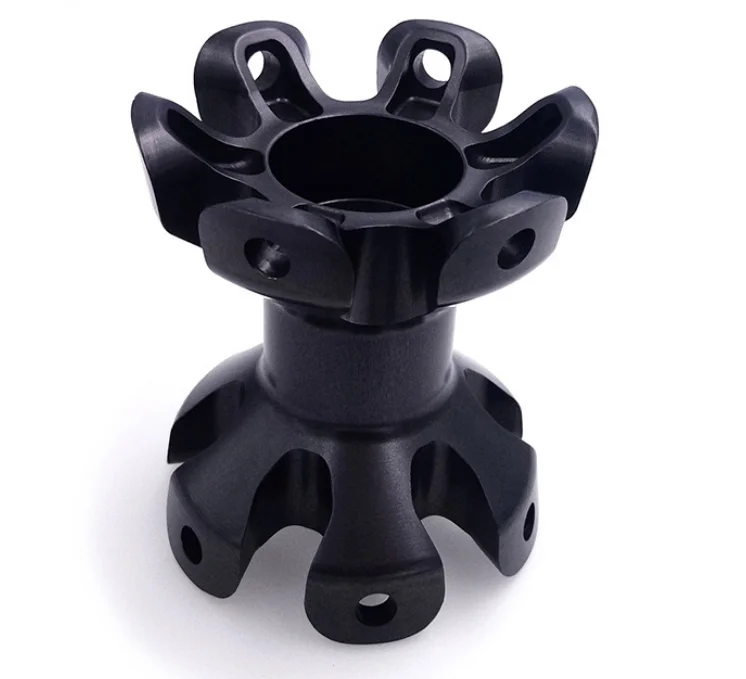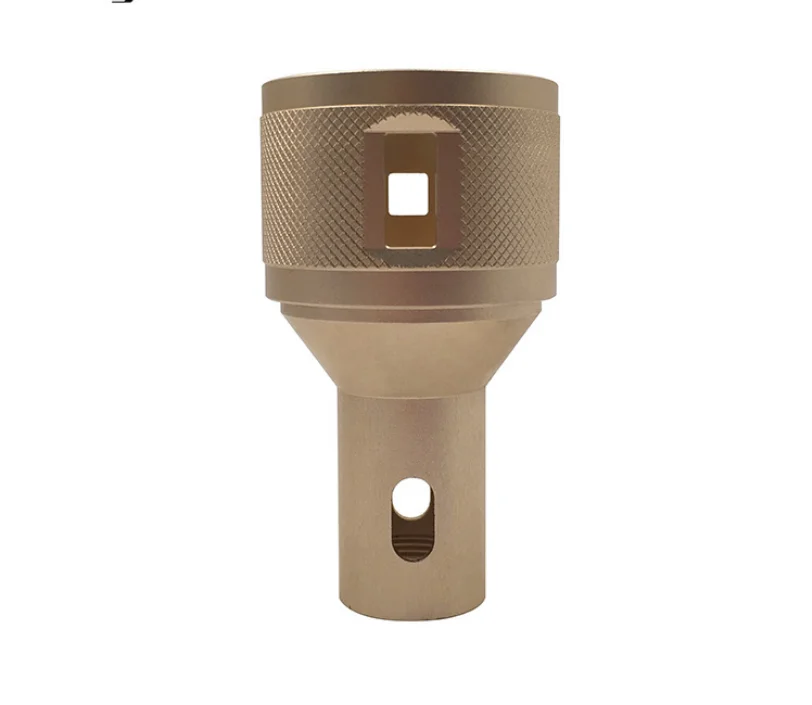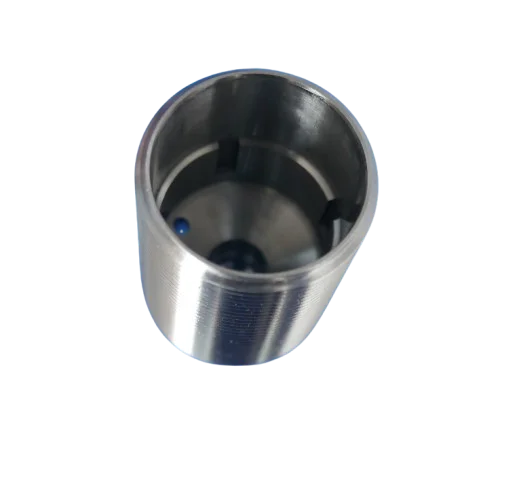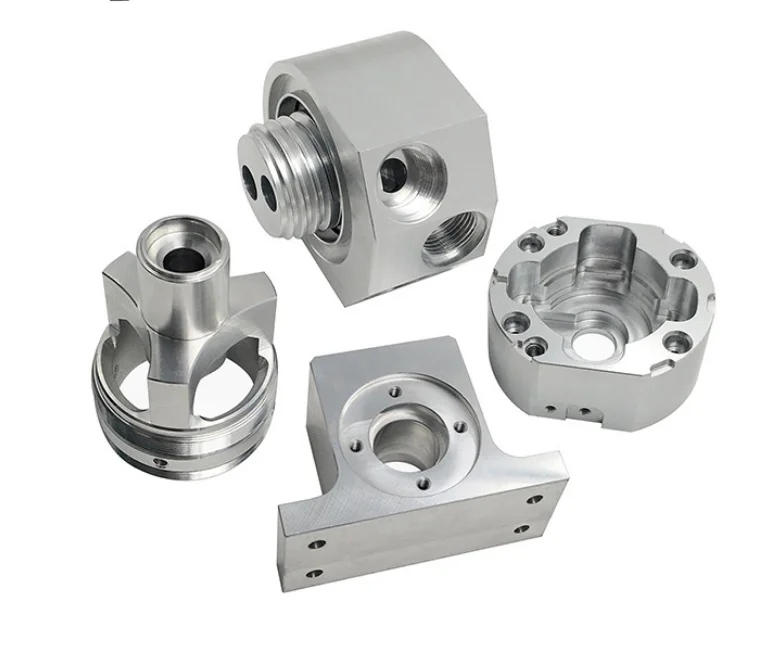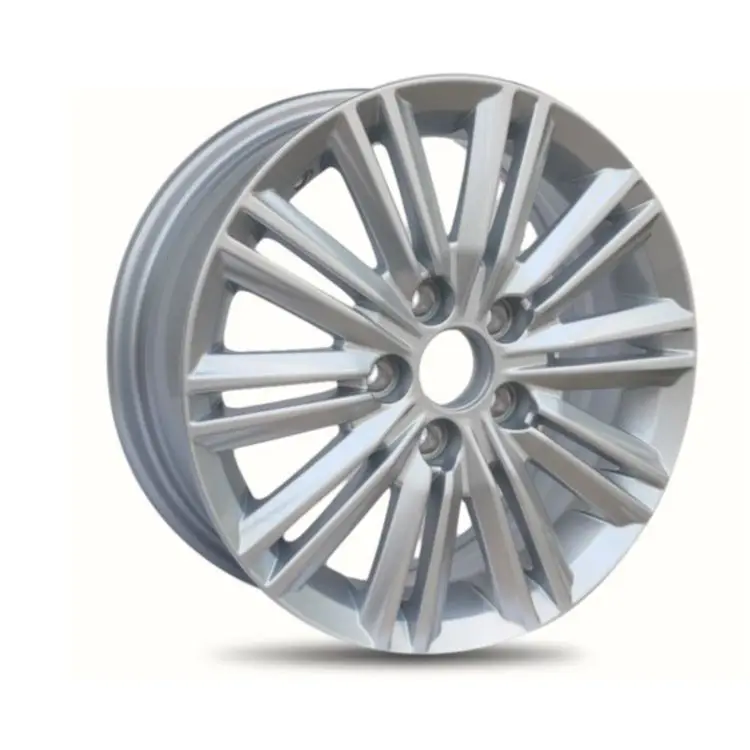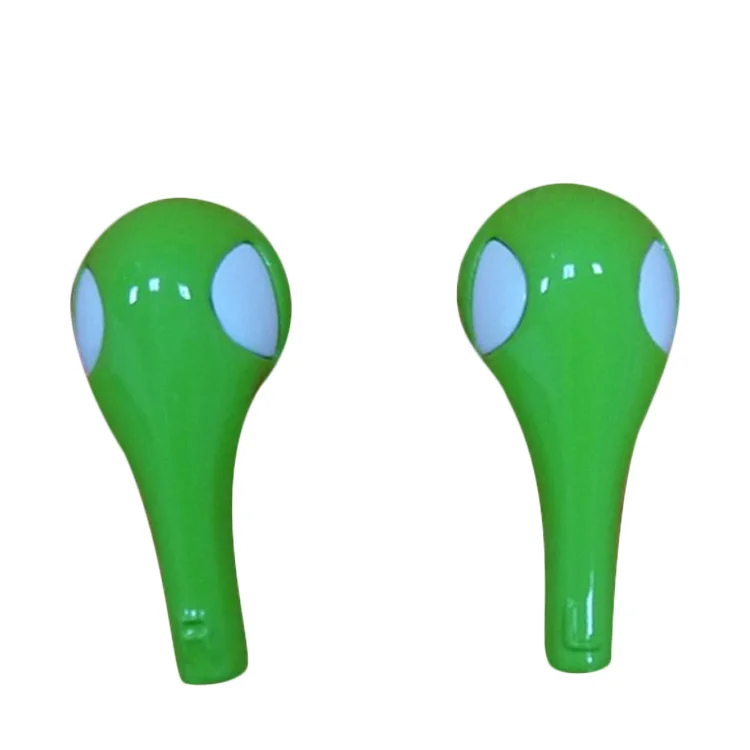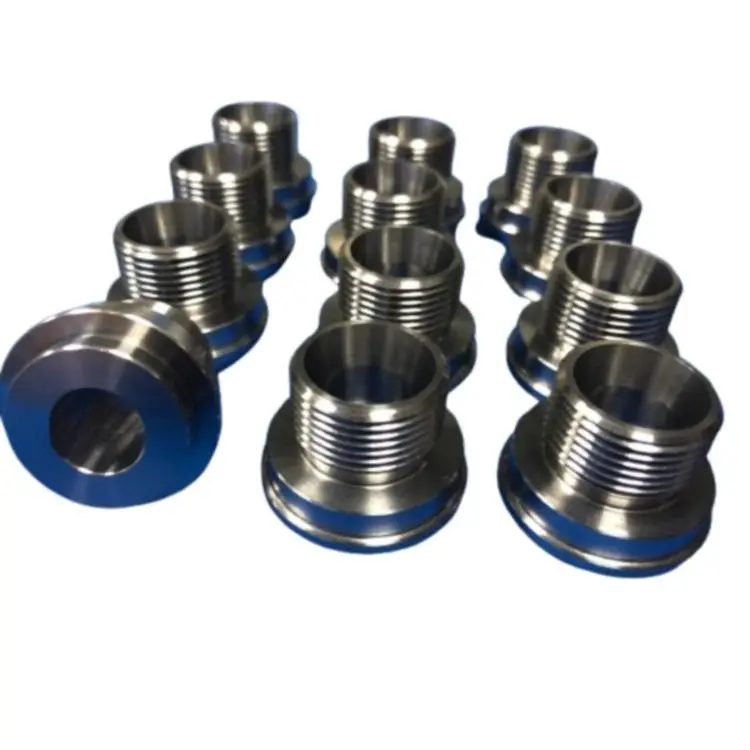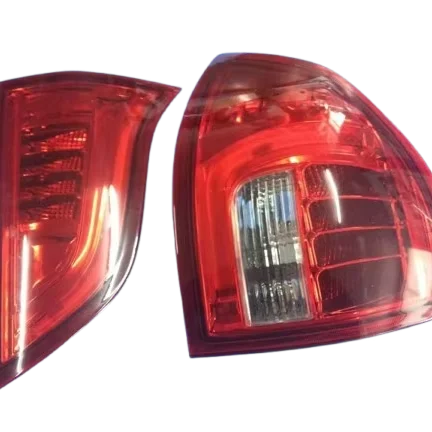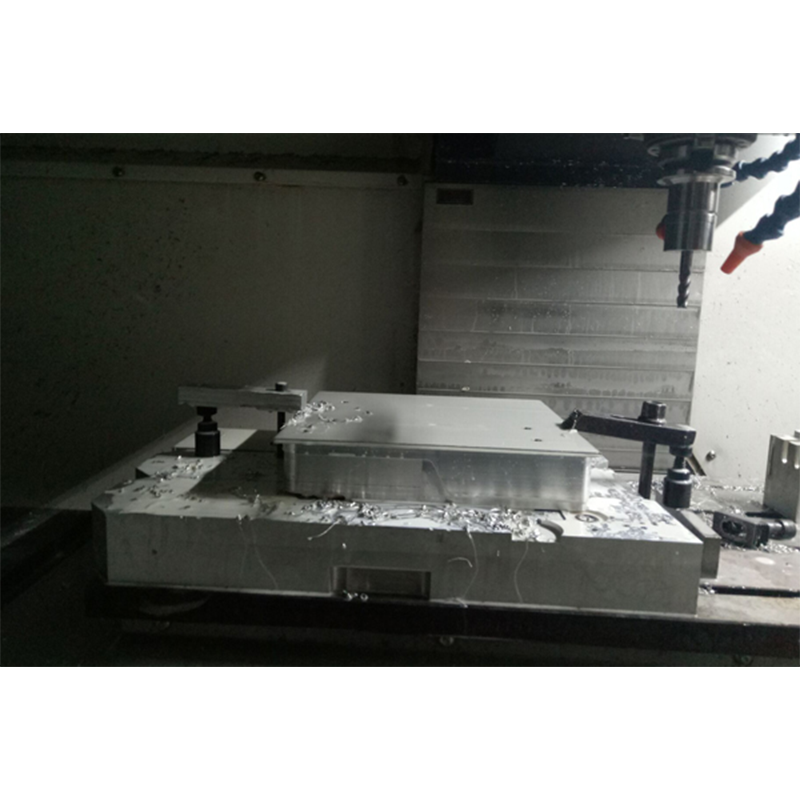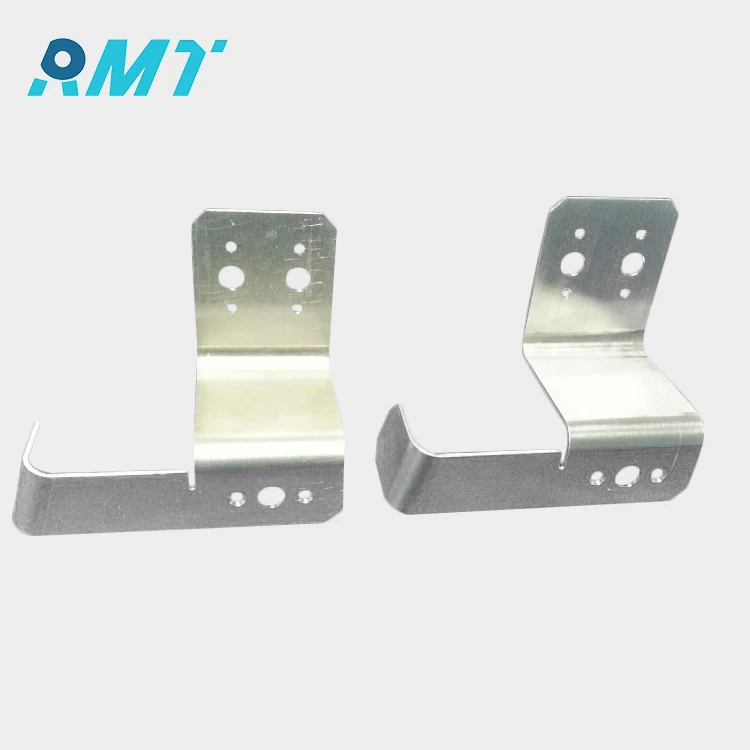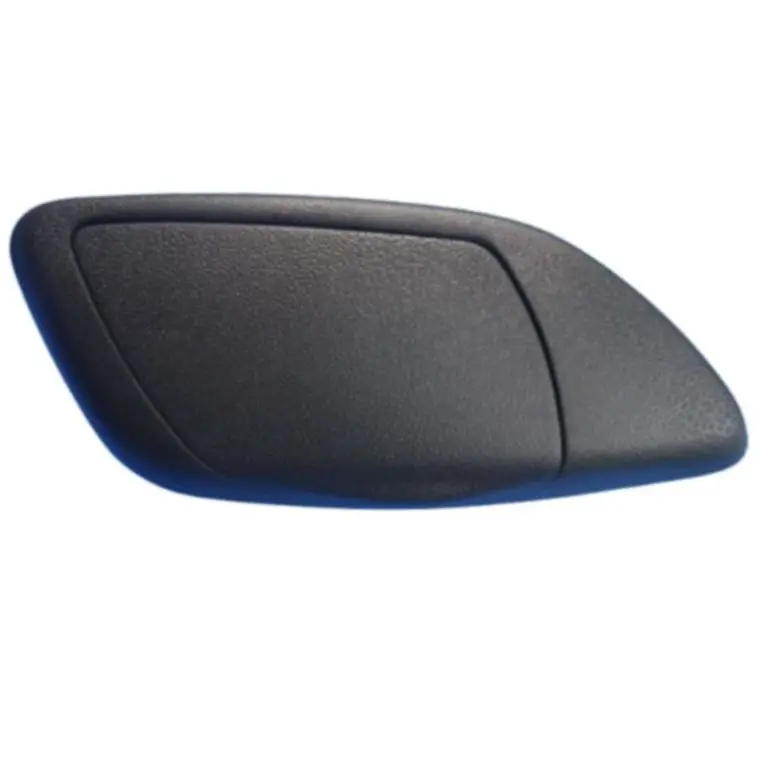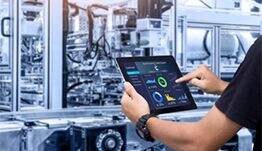Forskellige typer af CNC-bearbejdning og deres anvendelser
Forståelse af CNC-skæring: Definition og Grundlæggende
CNC-skæring, eller Computer Numerical Control-skæring, er en avanceret proces, hvor computere styrer maskinredskaber for at fremstille præcise komponenter ud fra designspecificeringer. Denne moderne metode gør det muligt at fjerne materiale systematisk og nøjagtigt fra råmateriale, hvilket effektivt transformerer et digitalt model til et tangibelt stykke. Den centrale fordel ligger i dets evne til at producere højpræcise og komplekse dele, som kan være udfordrende eller umulige at opnå gennem manuel skæring. Brancher såsom luftfart, automobil og medicinsk sektor er tungt afhængige af CNC-skæring på grund af dens udenforliggende præcision og effektivitet.
Rødderne for CNC-teknologien sporer tilbage til 1940'erne og 1950'erne, udviklende sig fra de oprindelige metoder for numerisk styret (NC) maskineri, som brugte perforeret bånd til instruktioner. Introduktionen af computerteknologi markerede en betydelig skridt fremad for disse systemer, transformerende manuelle maskinoperationer til automatiske processer. Dette skridt forbedrede ikke kun præcisionen, men øgede også automatisk niveau betydeligt, hvilket revolutionerede produktionssystemer ved at reducere menneskelig fejlmargin og øge produktionshastigheden. I dag står CNC-skæring som en søjle i moderne produktion, konstant udvidende grænserne for hvad der er teknologisk muligt.
Kernedelene af CNC-maskiner
At forstå de grundlæggende komponenter i CNC-maskiner er afgørende for at forstå deres funktionalitet og effektivitet inden for produktion. Maskinens Kontrolenhed (MCU) fungerer som den kritiske komponent, og agerer som "hjernen" i CNC-maskinen. Den behandler den indtastede kode, ofte i form af G-kode eller M-kode, og oversætter den til præcise bevægelsesinstruktioner til maskinen. Denne konvertering er afgørende for at opnå den nødvendige nøjagtighed og præcision i CNC-operationer. MCU'en administrerer også bistandsfunktioner såsom kølemiddelflow og spindeloperation, som er integrerede i skæringsprocessen.
Indtastningsenheder i CNC-maskiner gør det muligt at indtaste design og kommandoer. Disse omfatter enheder som tastaturer, musninger og avancerede touchgrænseflader. Disse indtastningssystemer gør det muligt for operatører at overføre design og driftskommandoer til maskinen uden afbrydelse, hvilket sikrer at MCU'en modtager nøjagtige instruktioner til effektiv drift. Nøjagtig indtastning er afgørende for at sikre, at maskinens operationer stemmer overens med de tilsigtede designspecifikationer, minimere fejl og optimere effektiviteten.
Drivsystemet er ansvarligt for den fysiske bevægelse inden for CNC-maskiner, hvor det skaber bevægelsen af skæringsværktøjet. Dette system omfatter motorer og kugletråde, der samarbejder om at flytte værktøjet langs de forudbestemte stier. Kombineret med drivsystemet er Feedbackmekanismer afgørende for at opretholde præcision. Feedbacksystemer overvåger konstant værktøjspositionen og andre driftsparametre, hvorefter data transmitteres tilbage til MCU'en. Denne realtidsovervågning giver MCU mulighed for at foretage nødvendige justeringer, hvilket sikrer, at bearbejdningen forbliver nøjagtig, selv ved komplekse eller detaljerede designe. Disse komponenter samarbejder, og danner et synkroniseret system, der definerer kerneoperationen af CNC-maskiner.
Typer af CNC-skæring: En oversigt
Verden af CNC-skæring tilbyder en række maskiner, der er udformet til at udføre specifikke opgaver med præcision. Cnc-fræsere hører blandt de mest fleksible, ved at udnytte rotationskutter til at fræse en række materialer til præcise former. Disse maskiner er i stand til at håndtere både simple og komplekse geometrier, ideelle for industrier såsom luftfart og automobil, hvor nøjagtighed er afgørende. Ved at bruge multi-akse opsætninger leverer de komplicerede design med minimal materialeforbrug.
CNC Drejfremstillingsmaskiner er konstrueret til at skabe cylindriske dele, ekspert i at dreje arbejdsstykket mod skæringsværktøjer for at opnå præcise dimensioner og afslutninger. Denne proces excellerer i produktionen af komponenter som akser og bushings, hyppigt brugt i automobil- og luftfartssektoren. Drejfremstillingsmaskinerne fungerer effektivt på både vertikale og horisontale planer, tilpasset forskellige bearbejdningskrav.
For dem, der søger at behandle materialer som træ, plast eller sammensatte materialer, CNC Ruter og Laser Skærmaskiner leverer den perfekte løsning. Disse maskiner excellerer i at udføre komplicerede design og skærninger med høj effektivitet. CNC Routers er specielt designet til detaljeret 3D-arbejde, ofte brugt i produktionen af komplekse mønstre, mens Laser Skærmaskiner anvender fokuserede stråler for rene, præcise skærninger, ideale til skæring og gravering. Denne fleksibilitet gør dem uundværlige i industrier såsom skiltemagere og smykker, hvor præcision og detalje er afgørende.
Anvendelser af CNC-masking i moderne produktion
CNC-masking er afgørende i bilindustrien, hvor det sikrer produktionen af komplekse komponenter med høj præcision. Denne teknologi er uundværlig for at skabe motordele, kassemonteringer og andre intrikate komponenter, der kræver nøjagtighed på mikroskopiske tolerancer. Præcisionen, som CNC-masking tilbyder, forbedrer ikke kun ydelsen, men også pålideligheden og sikkerheden af bilkomponenter.
Luft- og rumfartproduktionen afhænger meget af CNC-skæring for at opfylde strenge sikkerheds- og pålidelighedsstandarder. Komponenter i denne sektor kræver ofte tolerance på op til 0,001 tommer, hvilket CNC-processer kan opnå konsekvent. Denne præcision er afgørende for produktionen af dele som turbineblader og landingsgear, hvor endog den mindste afvigelse kan have betydelige følger for sikkerheden og effektiviteten af fly.
I sektoren for produktion af medicinske apparater giver CNC-skæring nøjagtighed og gentagbarhed, der er nødvendig for udvikling af komplekse dele såsom kirurgiske instrumenter og implantater. Disse komponenter skal opfylde høje standarder for præcision og biokompatibilitet for at sikre patientens sikkerhed og effektiv medicinsk behandling. Evnen til at producere tilpassede implantater med CNC-skæring underbygger dens vigtighed for fremme af personlige medicinske løsninger.
Produktpræsentation: Eksempler på CNC-skårede dele
Integrationen af CNC-skæring ved produktion af kritiske komponenter vises klart ved 150 sæt præcisionsmaskiner til trådløs infrastruktur i England Disse dele fremhæver CNC-skæringens evne til at producere højvolumekomponenter, der er varige og opfylder de strenge krav fra trådløse kommunikationsnetværk. Nøjagtighed og holdbarhed er afgørende for en smuk integration i trådløse systemer.
På samme måde 100 sæt aluminium 6082 CNC-bearbejdede ramdele til videointercom i USA understreger CNC-skæringens tilpasningsevne inden for elektronik. Lavet af Aluminium 6082 legering, giver disse rammedele en balance mellem styrke, holdbarhed og letvejts egenskaber, som er nøglen til video-dørklokker. Dette viser CNC-skæringens rolle i at levere komponenter, der matcher de præcise behov af moderne elektroniske enheder.
Desuden, Tilpassede maskineringservices for CNC fræsning og skriving præsenterer muligheder for virksomheder at få komponenter, der er tilpasset præcist til deres driftsmæssige behov. Tilpasning gennem CNC-maskineri giver fleksibilitet, hvilket tillader virksomheder at opfylde specifikke tekniske og ydelsesmæssige krav, hvilket fremmer innovation og effektivitet i forskellige industrier.
Fordele og udfordringer ved CNC-maskineri
CNC-fremstilling tilbyder betydelige fordele såsom forøget produktivitet, konstant produktkvalitet og evnen til at skabe komplekse former, som er umulige med manuelle metoder. Integrationen af computerstyring gør det muligt at udføre komplekse design præcist, hvilket fører til en betydelig stigning i produktionseffektiviteten. For eksempel kan CNC-processer vedligeholde høj præcision og gentagelighed, hvilket er afgørende for industrier, der kræver stramme tolerancer og detaljerede former, såsom luftfart og medicinsk udstyr.
Dogemodt præsenterer CNC-fræsning også udfordringer, herunder behovet for regelmæssig maskinvedligeholdelse og risikoen for programmeringsfejl. Kvalificerede operatører er afgørende for at administrere og løse problemer ved CNC-operationer, så maskinerne kører optimalt og eventuelle opståede problemer bliver løst. Desuden oversætter den høje nøjagtighedsniveau ofte sig til en lærecurve for operatørerne, da de skal beherske både de tekniske og praktiske aspekter af CNC-programmering og maskinhåndtering. Disse faktorer understreger betydningen af omfattende træning og kontinuerlig ferdighedsudvikling i CNC-fræsningsmiljøer.
Fremtidige tendenser inden for CNC-fræsningsteknologi
Fremgangen inden for automatisering og AI åbner vejen for højst effektive og præcise CNC-skæringsprocesser. Disse teknologier lover at reducere menneskelig fejlsignifikant, øge produktiviteten og forenkle operationer. Ved hjælp af AI kan CNC-maskiner optimere værktøjspaths og forudsige vedligeholdelsesbehov, hvilket i følge mindsker downtime og forbedrer den generelle skæring workflow.
Integrationen af IoT i produktionen revolutionerer, hvordan CNC-maskiner overvåges og styres. IoT gør det muligt at indsamle og analysere data i realtid, hvilket tillader smartere produktionsprocesser. Denne forbindelse gør det muligt at forbedre vedligeholdelsespraksisser, da maskiner kan varsle operatører om potentielle problemer, før de bliver kritiske. Sammen transformerer disse teknologier CNC-skæring til et mere intelligent og tilpasningsdygtigt produktionssystem.
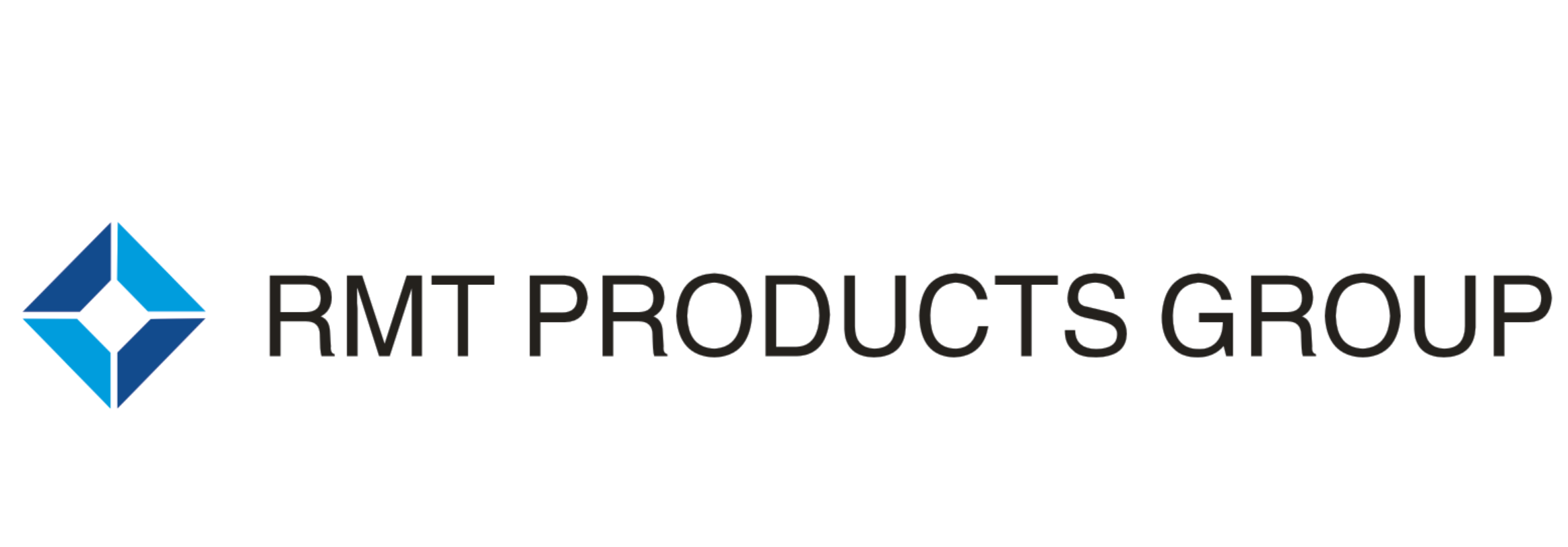
 EN
EN
 AR
AR
 BG
BG
 HR
HR
 CS
CS
 DA
DA
 NL
NL
 FI
FI
 FR
FR
 DE
DE
 EL
EL
 IT
IT
 JA
JA
 KO
KO
 NO
NO
 PL
PL
 PT
PT
 RO
RO
 RU
RU
 ES
ES
 SV
SV
 IW
IW
 LV
LV
 SR
SR
 SK
SK
 UK
UK
 GL
GL
 HU
HU
 TH
TH
 TR
TR
 FA
FA
 GA
GA
 CY
CY
 EU
EU
 BN
BN
 BS
BS
 LA
LA
 NE
NE
 SO
SO
 KK
KK
